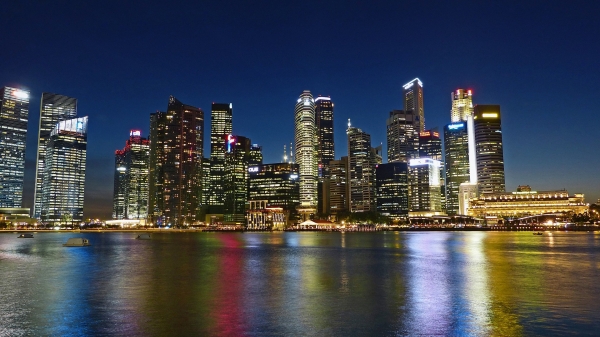Dense urban areas amplify the effects of higher temperatures, due to the phenomenon of heat islands in cities. This makes cities more vulnerable to extreme climate events. Large investments in the electricity network will be necessary to cool us down during heatwaves and keep us warm during cold snaps, according to a new study led by Lund University in Sweden.
“Unless we account for extreme climate events and continued urbanisation, the reliability of electricity supply will fall by up to 30%. An additional outlay of 20-60 per cent will be required during the energy transition in order to guarantee that cities can cope with different kinds of climate,” says Vahid Nik, Professor of Building Physics at Lund University and one of the authors of the article in Nature Energy.
The study presents a modelling platform that ties together climate, building and energy system models in order to facilitate simulation and evaluation of cities’ energy transition. The aim is to secure the cities’ resilience against future climate changes at the same time as densification of urban areas is taking place. In particular, researchers have looked closely at extreme weather events (e.g. heatwaves and cold snaps) by producing simulations of urban microclimates.
Read more at: Lund University
Photo Credit: cegoh via Pixabay


